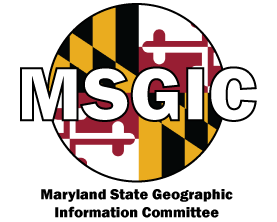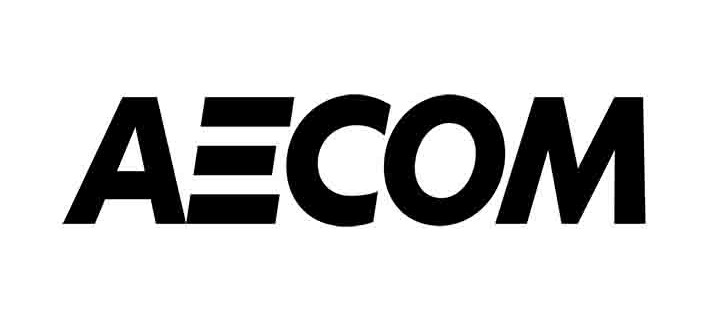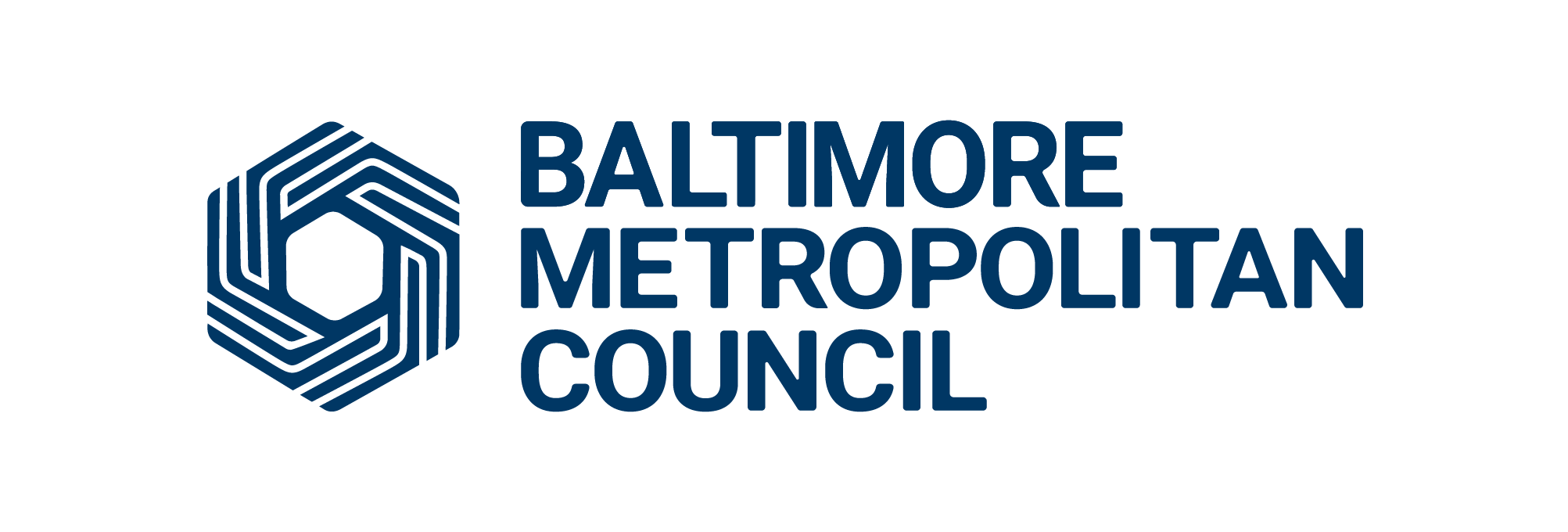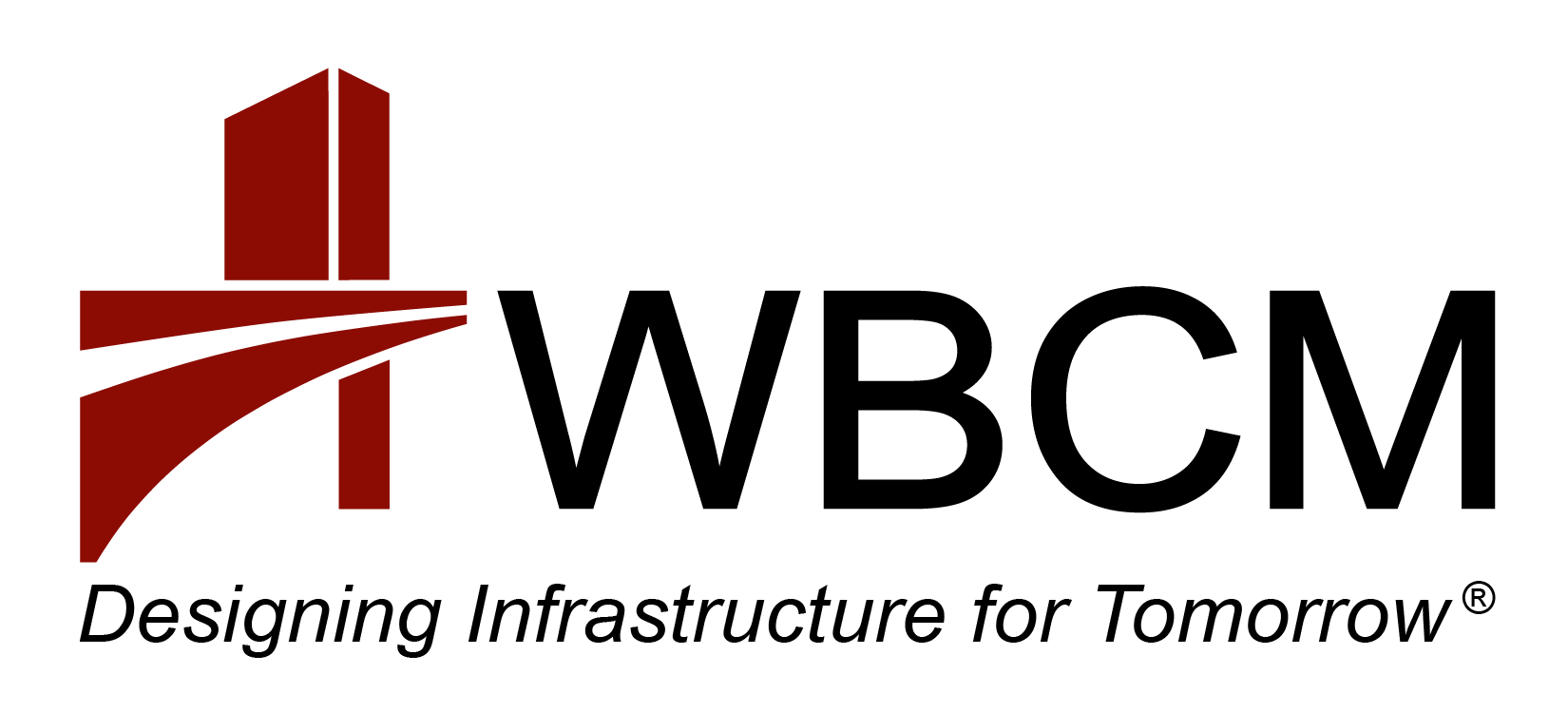Written by Cheryl Knott – Baltimore Neighborhood Indicators Alliance
In 2019, open data portals are everywhere. At the federal level, with Data.gov, users can access over a quarter of a million datasets relating to everything from climate to public safety to everything in between. The Census Data website, set to replace American FactFinder on July 1, will allow users to access data from its American Community Survey and eventually the 2020 Census. In Maryland, MD iMap provides valuable GIS datasets and reference layers to map makers and analysts. Counties and cities, such as Baltimore, also share data from their agencies to the public. A primary benefit of these portals is that non-professionals can now access the same types of data and information used by their governments for planning and research. Additionally, students can now learn with real-world datasets and prepare for careers in statistics, GIS, planning, and more. Open data allows all users to learn, to analyze trends, and answer questions.
The concept of data democratization, or making datasets open and easily available to users, was a founding principle of the National Neighborhood Indicators Partnership (NNIP), a network of organizations working in cities across the country to track statistics pertaining to demographics, housing, crime, health, workforce and community development, education, environmental sustainability, and vibrancy. Having these sorts of datasets open to the public can help ensure that decisions made about communities are data-informed and allows for citizens to advocate for their needs. The Baltimore partner, and my employer, The Baltimore Neighborhood Indicators Alliance in the Jacob France Institute (BNIA-JFI) at the University of Baltimore, was formed approximately 20 years ago to serve as a one-stop-shop for data about Baltimore’s communities. The data is presented annually in our Vital Signs report which describes data in eight topic areas for fifty-five communities (aggregations of Census tracts) in Baltimore. In the early years of the organization, the open data took the form of tables in printed reports and in 2011 the data was shared electronically to the public for the first time. Given the nature of the data, it felt appropriate to publish not only tabular data but spatial data as well. Currently, BNIA-JFI shares layers on our ArcGIS Hub, where we provide annual cuts of data by topic area. On April 30, 2019 we released the latest edition of our Vital Signs report which examines data through 2017. A summary of our findings is available on our website.
While open data is incredibly beneficial to users, it’s important to always ensure the quality and consistency of these datasets. It is the responsibility of the data creators and analysts to provide the public with information that is factual and accurate and to provide explanations of what the data represents. Metadata, or data and information about the data, is crucial.
There are several opportunities to learn about data coming up this year- what’s being created and shared, how to use it, and some final products of analyses:
BNIA-JFI hosts Baltimore Data Day, a free one day event geared towards community groups and residents, researchers, non-profits, and foundations. This year’s event will be held on July 12 at the University of Baltimore and is a place where professionals and lay audiences can come together and learn.
TUgis: Maryland’s Geospatial Conference will be held the following month August 7-8th at Towson University and will be an opportunity to learn about GIS, including datasets, technology, and projects.
And, of course, MSGIC hosts free Quarterly Meetings across the state. The next event will be July 19 at Salisbury University (register here) and will be a good time and place to connect with other GIS folks in the state.








